Name Angiolo Mazzoni | Role Architect | |
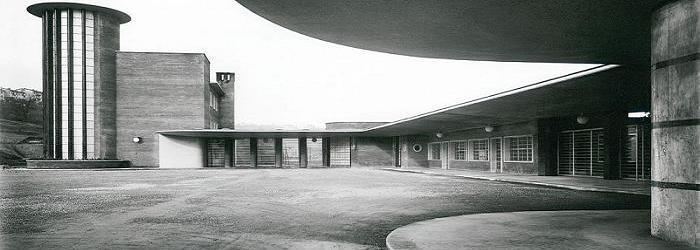 | ||
People also search for Eugenio Montuori, Annibale Vitellozzi | ||
16 fabio campolongo the daring colours of angiolo mazzoni at the central post office in trento hq
Angiolo Mazzoni (May 21, 1894 – September 28, 1979) was a prolific state architect and engineer of the Italian Fascist government of the 1920s and 1930s.
Contents
- 16 fabio campolongo the daring colours of angiolo mazzoni at the central post office in trento hq
- Angiolo Mazzoni a Firenze
- Life
- Works
- Trentos Railway Station
- References
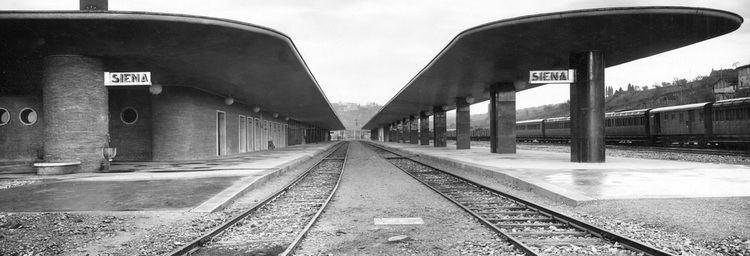
Mazzoni designed hundreds of public buildings, post offices and train stations during the Interwar period in Italy.
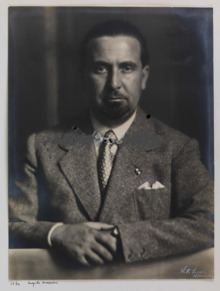
Angiolo Mazzoni a Firenze
Life
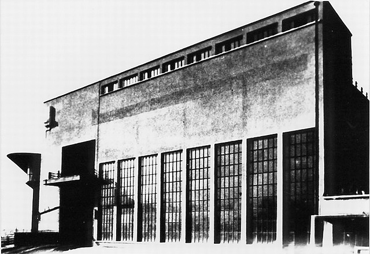
Mazzoni was born in Bologna, was moved to Rome in 1905 with his parents, but returned to the Academy of Fine Arts, Bologna for his education. In 1920 Mazzoni practiced for about a year under Marcello Piacentini. The following year he was engaged as an engineer with the Special Section of Railway Workers in Milan, then rose to a position in the newly formed Ministry of Communications in 1924, producing significant independent work by 1926.

Politically astute, Mazzoni also joined the National Fascist Party in 1926. He owed much of his success and influence to his intimate connections with the Fascist regime, and played a decisive role in using architecture to consolidate positive images of Fascism.
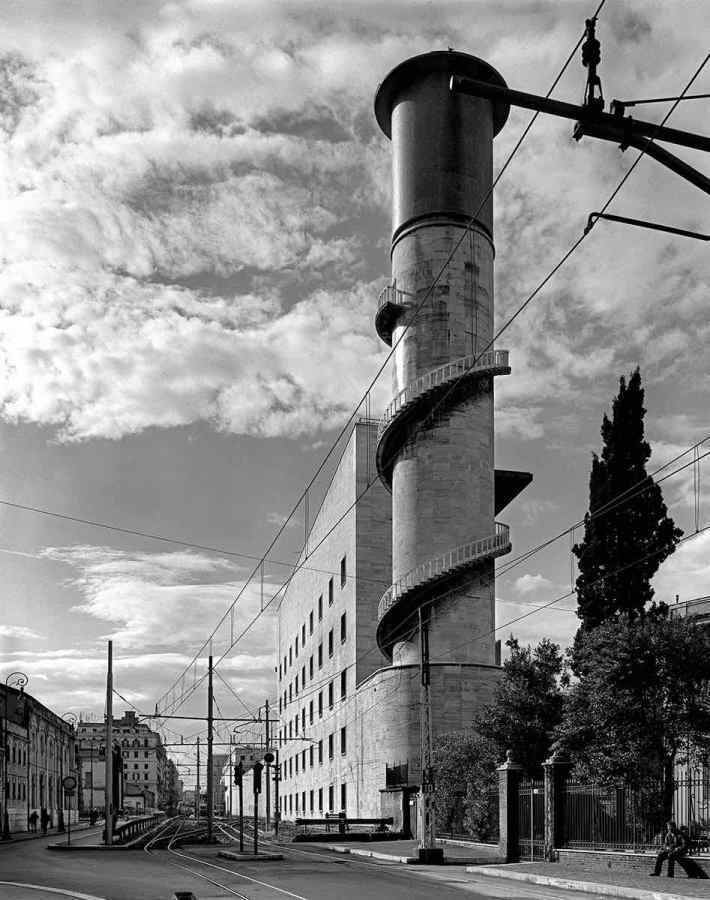
The Fascist regime engaged in a comprehensive national program of public works. As chief architect for the Ministry of Communications and for the State Railways, both key modernizing sectors of Fascist rebuilding programs, Mazzoni designed many of them. Italy still contains hundreds of his large and small railway and telecommunications buildings, extant and functioning, a tribute to his mastery of robust, hard-working construction. In many of these he collaborated with architect and engineer Roberto Narducci.
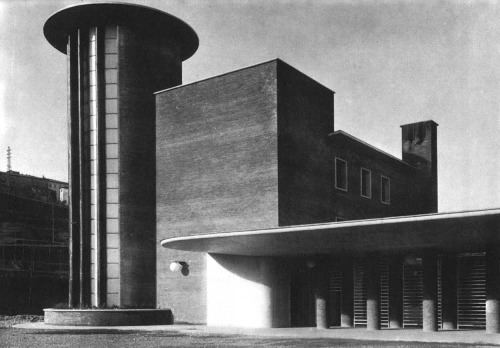
Mazzoni's relationship with Fascism made it politically difficult for subsequent scholars to acknowledge his importance. Construction on his major commission, the vast Roma Termini railway station, was suspended in wartime Italy and redesigned by others after the Fascist defeat. Other important buildings by Mazzoni were crudely altered or demolished in the post-war period. His own personal advocacy of Fascism worked against his legacy, even after the end of World War II when he voluntarily exiled himself in Bogota, Colombia until 1963.

More recently academics and scholars such as Ezio Godoli, Giorgio Muratore, and Enrico Crispolti have begun a rehabilitation process and a critical re-evaluation of Mazzoni. His archive is now kept at the Museum of Modern Art in Trento, and efforts are being made to ensure the conservation of his most important surviving buildings.
Works
Mazzoni's early works shows connections to the Viennese School of Josef Hoffman and Otto Wagner, with a neo-classical influence.
Stylistically eclectic, Mazzoni joined in 1933 to the so-called "second phase" of the Italian artistic movement Futurism, signing in 1934 the Manifesto of Aerial Architecture with F.T. Marinetti and the journalist Mino Somenzi, architectural evolution of the futurist aeropittura.
Throughout his work, his stylistic approach varied dramatically, from the overtly bombastic and classical to the dynamically modern. In every case, his handling of composition, solids and voids, light and shade, surfaces and materials, was originally conceived, spirited, poetic, erudite, strong, and full of conviction.
Mazzoni's work includes:
Trento's Railway Station
One classic example of Mazzoni's work is the railway station in Trento, a city in the north-eastern Italian Alps, built during 1934–36. Trento had a special significance for the Fascist regime as the capital of the Trentino-Alto Adige (Welschtirol-Südtirol) region, annexed to Italy from Austria at the Treaty of Versailles after World War I.
Trento's railway station represents Mazzoni's interpretation of the functionalist style typical of the times; the building's continuous windows and dynamic structural lines are said to express Futurist ideas of speed and streamlining. The station stands out due to its innovative use of steel, glass, and several varieties of local stone.
The station offers platforms on four rail tracks and its design is intended to facilitate the flow of people from the street to the trains. Wide wood-frame doors open on the entire facade. A wide, shallow staircase leads to the underpassage to the 2nd and 3rd tracks. Spacious waiting space is provided under cover or indoor.
In addition to ticket offices, a tobacconist, a news-stand and baggage store, the station also provided office space for administration, restrooms, a restaurant and bar (today only a bar remains) and conference rooms and meeting space. Mazzoni was more than an architect. He also was an important interior and furniture designer, and all the components of his buildings, from wall decorations to brass door-handles and glazed screens, were designed by his office. The main hall of Trento railway station was decorated with large mosaics depicting the life of the people, and the natural beauties of the mountainous region around Trento. These depictions were typical of the time and served an educational-propagandistic purpose. Originally, the ceiling is said to have been painted light green.
